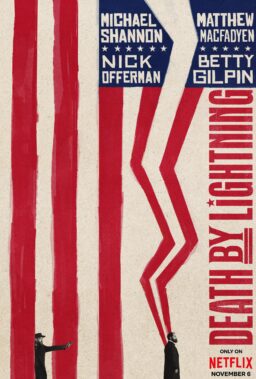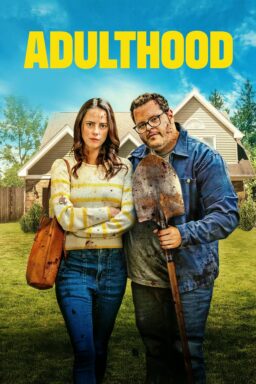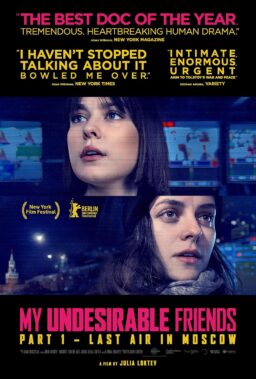The director Akira Kurosawa and the actor Toshiro Mifune worked together on some of the most remarkable films ever made, films that have passed into legend, like “The Seven Samurai” and “Rashomon.” If you do not know their work, I envy you, because you have some of your most sublime moviegoing experiences ahead of you.
The Emperor and the Wolf, Kurosawa and Mifune are called in Stuart Galbraith IV’s new book about their long collaboration and eventual falling-out. From today through Nov 14, the Music Box will show new 35mm prints of 12 films directed by the emperor and starring the wolf.
The opening weekend’s programs feature “Throne of Blood” (1957), Kurosawa’s adaptation of Shakespeare’s Macbeth, with Mifune as Macbeth, ending with his body struck through with arrows, and Isuzu Yamada as Lady Macbeth. I wish I could remember who observed that Mifune’s Macbeth actually benefits by being freed of Shakespeare’s language: It evokes the dread and horror of the tragedy like a series of great moving illustrations for the play. Note in particular the long night when Lady Macbeth directs her husband in committing his foul deeds; all sounds drop from the track, except for the sinister swish of her silk trouser-legs as she relentlessly proceeds. “Throne of Blood” plays Friday evening and Saturday and Sunday afternoon and evening.
On Saturday and Sunday at 11:30 a.m., the Music Box presents “Drunken Angel” (1948), the gangster film which was the first time Kurosawa and Mifune worked together, and the first film Kurosawa claimed as all his own.
On Monday evening, “Stray Dog” (1949) plays–another crime drama set in postwar Tokyo, On Tuesday, the theater presents the great “Rashomon,” which has given its title to the English language, referring to a situation in which witnesses all give conflicting accounts.
On Wednesday, “Yojimbo” (1961) plays. This movie and “Sanjuro,” both samurai films, are often upstaged by the great “Seven Samurai,” but note how fluid Kurosawa’s camera is—how the samurai seem to flow through the action like fish in a stream, all moving as if sharing the same spine. The movie is a great visual evocation, liberated from the conventions of the samurai form and becoming somehow a marriage of movement and ambition.
Thursdays’ film “The Hidden Fortress” (1958), is famous for having inspired the “Star Wars” series, and particularly the characters R2D2 and C3PO. The princess and the general, who team up to save treasure, will ring a bell.
Coming up in the following week are “I Live in Fear,” “The Bad Sleep Well,” “Sanjuro,” “High and Low” and “Red Beard.” Then Nov 8-14 the theater will present an extended engagement of “The Seven Samurai,” which joined “Rashomon” as one of the 10 best films ever made, in the recent Sight & Sound poll of the world’s film directors.
For complete showtimes and dates, visit www.musicboxtheatre.com.











